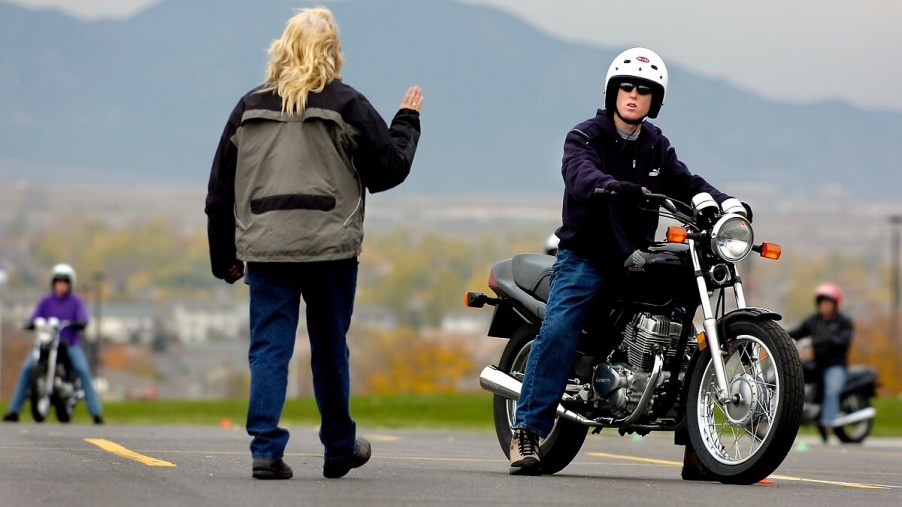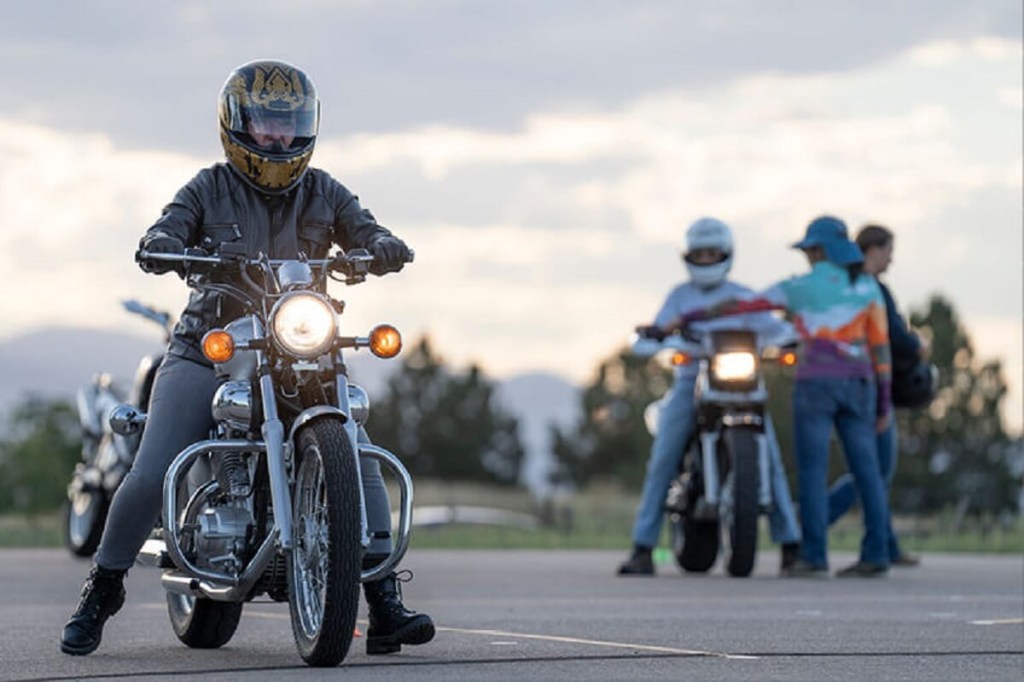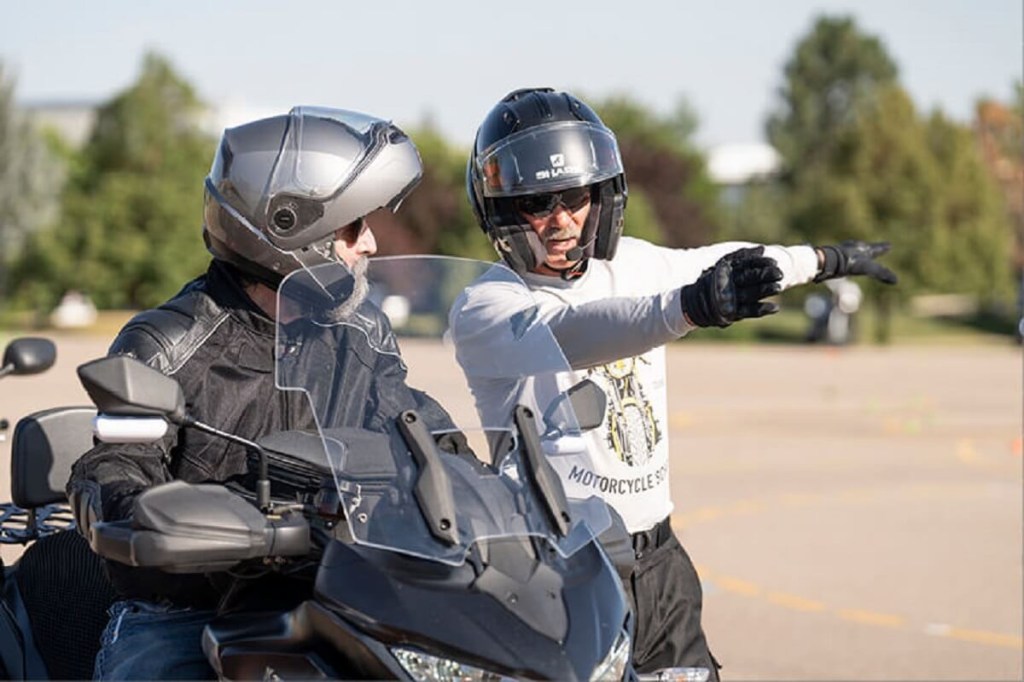
Motorcycle Classes: Why a Safety Course Is a Good Idea in 2023
Getting a motorcycle like a Harley-Davidson or Triumph could be your ticket to good times. Of course, the dangers of riding are no secret; the lack of safety features like seatbelts, airbags, or even body paneling can produce dangerous results in accidents. Still, new and veteran riders can arm themselves with the best practices, starting with a visit to motorcycle classes like an MSF safety course.
What are the benefits of motorcycle classes?

The benefits of taking motorcycle classes, especially a Basic RiderCourse (BRC) like that of the Motorcycle Safety Foundation (MSF), are many. Here are just a few reasons why any rider who hasn’t attended a BRC should prioritize one soon:
- Develop good habits for a lifetime of smart riding
- Cheaper insurance
- Easier path to a motorcycle license or “M” endorsement
- Access to instructors who understand local laws
The most significant reason to head to an MSF, Harley-Davidson, or other motorcycle course is safety. For instance, the MSF BRC will take you from the basics of “gather around– this is a motorcycle,” (pause for awe) to emergency braking and obstacle avoidance. Quite frankly, developing good habits with an experienced instructor is invaluable.
Moreover, many insurance carriers will lower or offer lower policy rates for riders who have attended BRC or another riding academy. Beyond the financial benefits of getting a certificate from entry-level motorcycle classes, riders can get the necessary documentation for a motorcycle license or an “M” endorsement on their driver’s license. The skills testing portion at the end of a riding academy can replace government-mandated riding tests, depending on the state.
How much are motorcycle classes?
Entry-level motorcycle classes can cost between $150 and $200, depending on location, duration, and proctoring agency. Beyond the fee, riders should be prepared to spend around 15 hours to complete an MSF Basic RiderCourse with five classroom hours and 10 hours in practical application.
Moreover, some courses, like a Harley-Davidson Riding Academy, will require more gear than state laws mandate. For instance, a riding academy might require a three-quarter-shell or full-face helmet to participate, while state laws might not require a helmet at all.
What are the levels of motorcycle courses?
No matter what riding style you want to tackle, there is likely a course for you. The MSF, for instance, offers nine courses that cover everything from an introductory experience to advanced, vehicle-specific classes for skill mastery.
Are motorcycle courses necessary for riding?

While motorcycle classes and safety courses are unnecessary for riders to get a license or endorsement, they’re indispensable for developing good habits and skills. Moreover, some riding academies culminate in a license waiver, which makes getting a license a piece of cake.
Still, some conditions require riders to get a BRC certification. For instance, my U.S. Marine Corps installation required all uniformed personnel to get a certificate to ride a motorcycle on the base.
Keep up with MotorBiscuit for the latest two-wheeled and car content!



